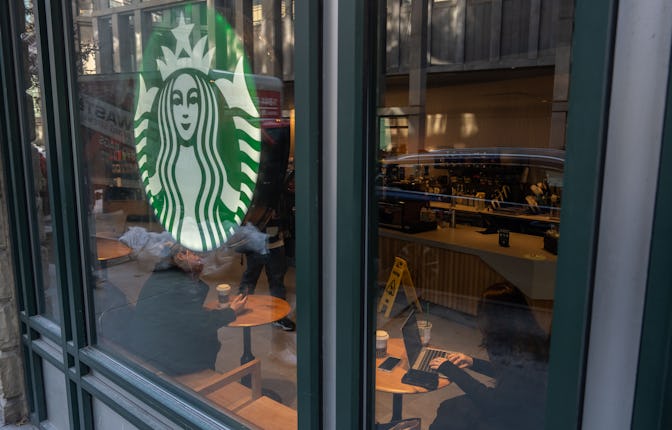Starbucks Reverses Its Open-Door Bathroom Policy
Starbucks tightens its open-door policy, requiring customers to make a purchase to use facilities.

In a significant shift from its previous approach, Starbucks has announced the reversal of its open-door policy, which had allowed non-paying customers to freely utilize its cafes and restrooms. This change comes after nearly seven years of welcoming everyone into their stores without the need for a purchase. Starting Monday, the coffee giant will enforce a new rule: customers must buy something if they wish to sit in the cafes or access the restrooms.
The Shift in Policy
The decision to tighten access is part of Starbucks' broader strategy to ensure that its spaces are primarily for paying customers. In a statement released by the company, it was emphasized that “Starbucks spaces are for use by our partners and customers.” This policy change reflects an effort to create an environment that prioritizes those who contribute to the business through purchases.
The open-door policy was introduced in 2018 as part of Starbucks’ commitment to inclusivity and community engagement. It allowed anyone, regardless of whether they made a purchase, to enter and use facilities such as restrooms or seating areas. This policy was particularly significant following incidents in Philadelphia in 2018, where two Black men were arrested for sitting in a Starbucks without making a purchase. The backlash from this incident prompted Starbucks to reevaluate its policies and promote an inclusive environment.
However, over time, the company has faced challenges associated with this open-door approach. Reports indicated that some locations were experiencing issues with loitering and disruptive behavior from non-paying individuals. As a result, many store managers found it increasingly difficult to maintain order and provide a comfortable experience for paying customers.
Implications for Customers and Store Operations
Starting at the end of this month, patrons will need to either make a purchase or be accompanied by someone who has made one if they wish to sit in a Starbucks cafes or utilize their restrooms. This change could lead to increased foot traffic from paying customers while potentially deterring those who previously frequented stores without making purchases.
The reaction from industry experts has been mixed. Some view this as a necessary step for businesses trying to navigate post-pandemic realities where every sale counts more than ever before. Others express concern about how this may affect Starbucks' image as an inclusive community space.
As coffee shops face increasing competition from both local cafes and other chains, maintaining profitability while fostering customer loyalty becomes paramount. The decision by Starbucks may set a precedent that could influence similar policies across other retail environments.